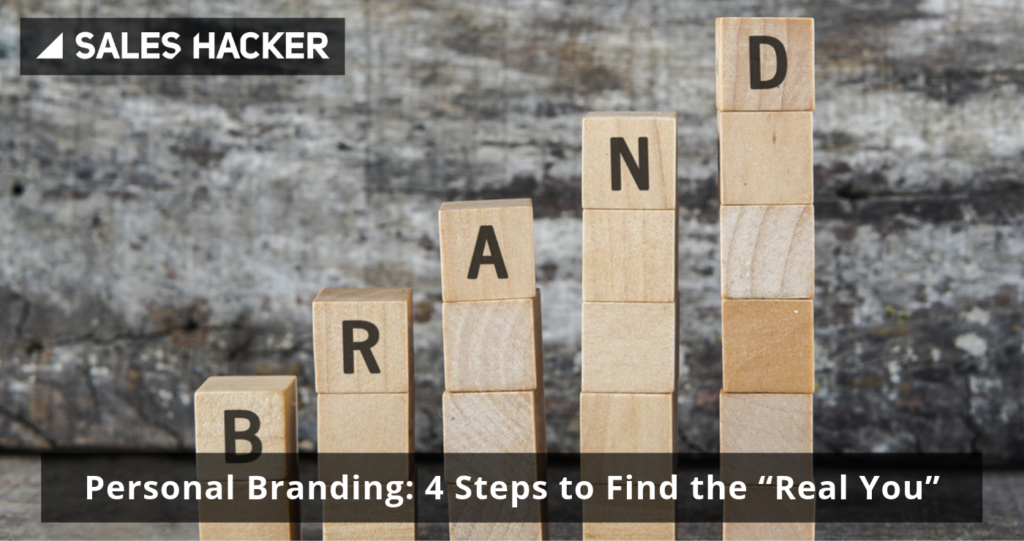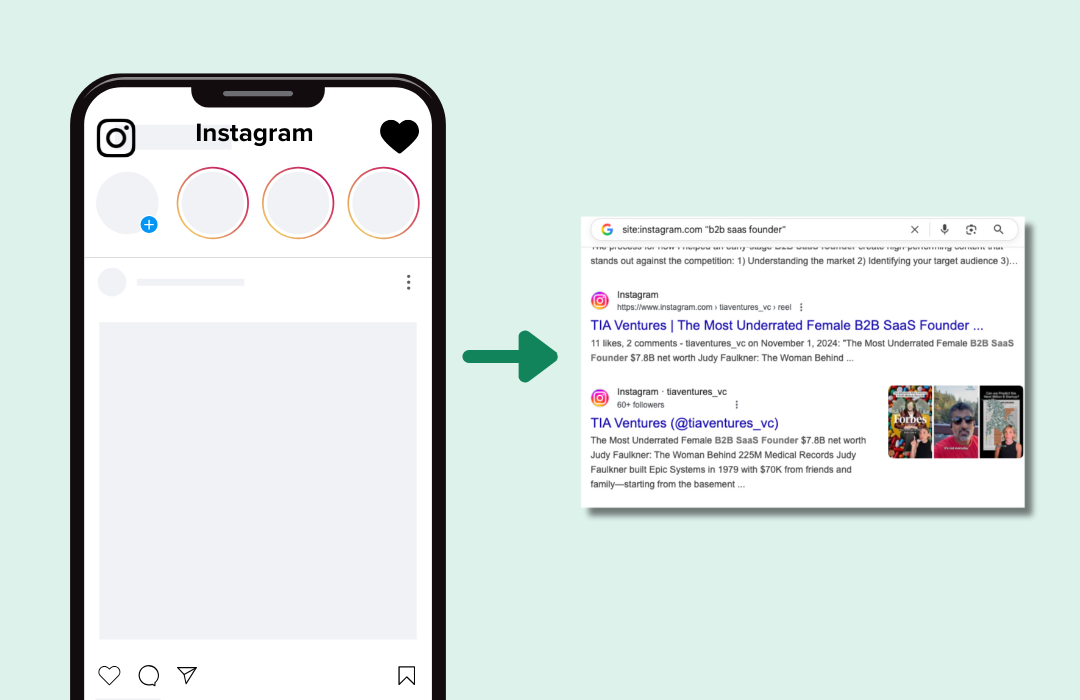We all recognize iconic brands. Think the golden arches of McDonalds or the unique bottle shape of Coca-Cola. But did you realize you could build an iconic personal brand strong enough to catapult your sales career?
Keep reading to get smart tips for building your personal brand and using it to help you reach your sales goals.
Your Quick Guide to Personal Branding
- What is personal branding?
- Short-cut your personal brand with the archetype strategy
- 12 archetypes to choose from
- 4 steps to find the “Real You”
- The branding secrets we tend to forget
- Personal branding examples
What Is Personal Branding
Personal branding is a way of defining yourself to make sure people know who you are, what you do, and what you stand for. Your personal brand is what sets you apart from everyone else with a similar skillset or background.
Think of it as a shortcut for introducing yourself. It’s your tag; your reputation.
A personal brand can be built in many ways: with a personality, a color association, or a symbol – like a logo. But one of the easiest ways to solidify a personal brand is to build a rockstar personality using the archetype strategy.
Short-cut Your Personal Brand with the Archetype Strategy
I love Taylor Swift. Since college, I have always had a soft spot for her, though I never understood why.
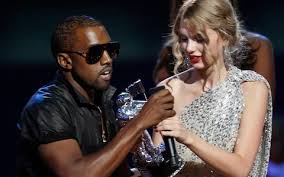
Not only has her music motivated me, but it continues to inspire me. It has taught to be more courageous (like professing my love for her via social media as if I were a 14 year old girl).
But I digress…
You see, every T-Swift (all her close friends call her this) song is exactly the same, from Blank Space to Love Story, it’s all about intimacy, about human connections.
So it’s gonna be forever
Or it’s gonna go down in flames
You can tell me when it’s over, mmm
If the high was worth the pain
Taylor Swift ‘Blank Space’
Taylor Swift has done something 99% of professionals never think about. She built herself a brand. She represents something more than herself. Taylor Swift is the embodiment of intimacy in relationships.
Establishing a brand archetype to your organization –and more importantly, your employees – is how you establish an identity.
With a powerful brand archetype supporting everything you do, you’ll find it easier to create content and attract your true fans.
12 Archetypes to Choose From
Which of these people are you most like: Muhammad Ali, Taylor Swift, Luke Skywalker, Oprah…
There are 12 archetypes, any of which are amazing to choose from because each of the archetypes resonates with all of us. You cannot go wrong in choosing one!
The question you must answer is, “How do you want to be seen?”
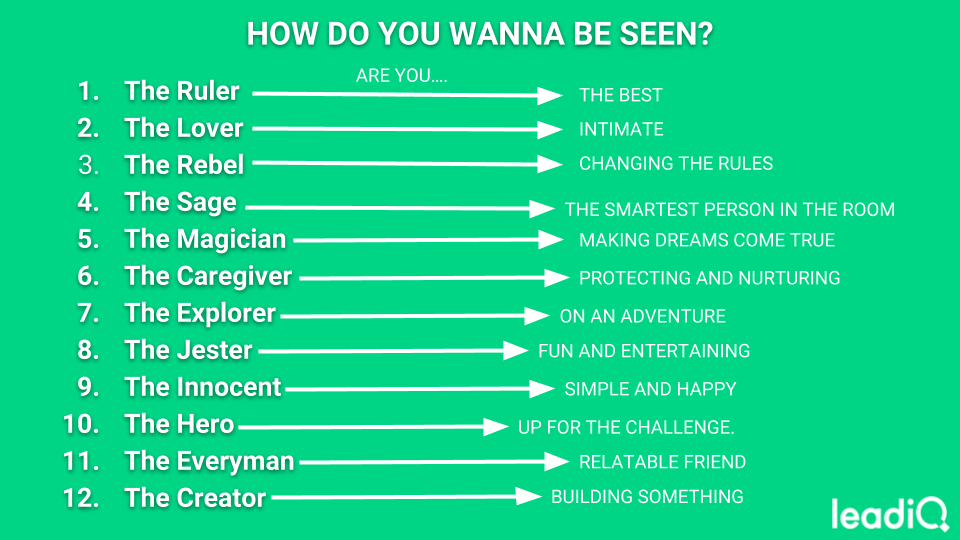
Each archetype has a specific representation and showcases a different side to your personality.
For example, if you feel that you are someone who truly believes he is the best at what he does (basically a Michael Jordan, a Muhammad Ali, or a Venus Williams), your personal brand aligns with the “Ruler” archetype.
Now, the Ruler may be an obnoxious sounding brand, but we see this all the time with organizations like BMW, Rolex, Jay-Z, and even Dave Chappelle. All have labeled themselves as the best. There is no one better and, as a society looking at their body of work and the product they sell, we have accepted this notion.
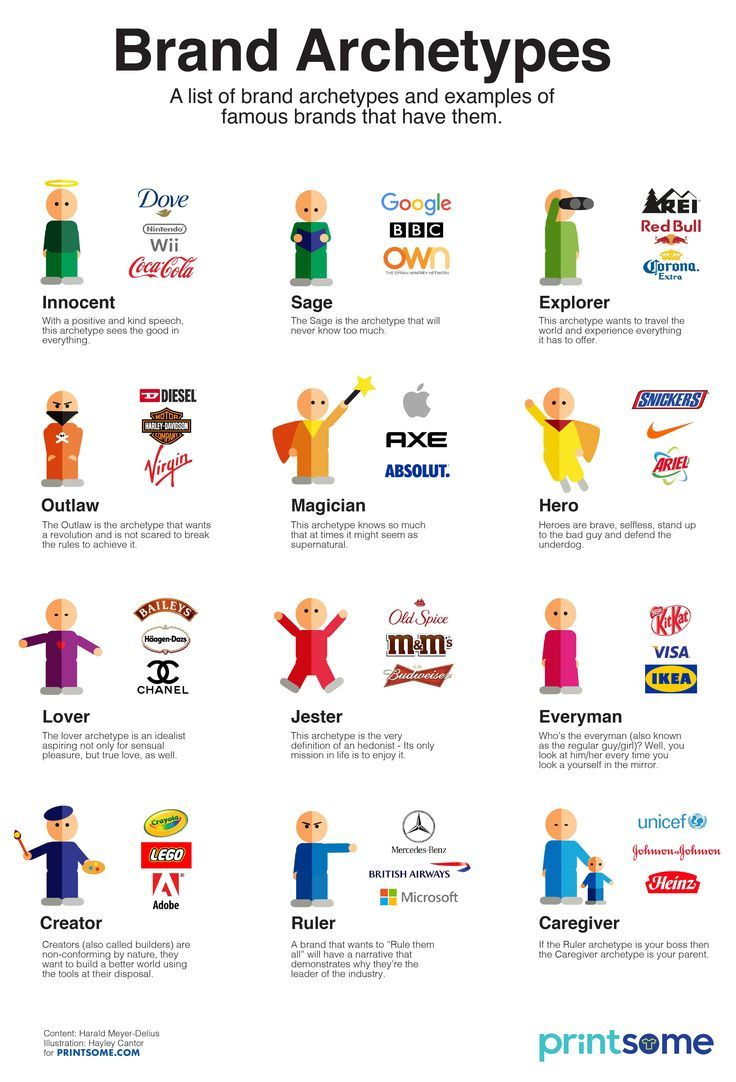
Choosing a brand is not an easy task. You truly have to understand yourself and how you want others to see you.
But you do have to choose. You need to be known for one thing.
4 Steps to Find the “Real You”
One of the reasons you’re developing a personal brand is to make it clear that you are unique. But remember, it’s almost impossible to be completely original. If some elements of your personal brand are similar to others, that’s fine. It’s the overall image that must be unique to you.
Now, get out a piece of paper or open a blank doc, and follow this 4-step process to identify your personal brand archetype.
1. Describe Yourself
On a piece of paper, list all of the traits you like best about yourself:
- Do you like mentoring?
- Do you only care about being the best and gaining all the respect?
- Do you like to joke around?
- Are you more for war or for love?
- Are you competitive?
Be honest. And be as complete as you can. Your goal is to find the best words to describe your 3-dimensional self.
Need some inspiration? Check out these 30+ Most Desirable Sales Skills & Traits.
2. List Your Traits in Order
Now, you’ve got a brain dump of qualities and adjectives that describe who you are and what you’re like.
Put those words into a new list, but sort them from the most important to the least important. So the traits that describe you best will be at the top and the traits that are least descriptive will be at the bottom.
3. Find the Archetypes You Represent
Next to each trait, name the archetype that trait most likely represents. Then review your list. Which archetype do you seem to resonate with the most? Does one stand out?
4. Look for the Pattern
Finally, and most importantly, look at the thought leaders, influencers, and organizations in your industry. Which archetypes rise to the top?
It’s very likely you’ll see a pattern, and you’ll be tempted to fall in line and imitate them. But don’t do that! When you see a strong pattern of one archetype leading out in an industry, you’ll do well to choose an archetype that isn’t the norm.
Be different. The idea here is to separate yourself from everyone else.
The Branding Secrets We Tend to Forget
Now, how do you put all this to work so you can build an iconic personal brand for yourself?
First…
Always remember that a personal brand requires focus.
You can’t be everything at once. You’ve got to decide who you are, and then BE that person, both online and in person.
Everyday, I see people trying to “do personal branding” in social media. They post about what they’ve learned, what they’re doing, and what they care about. But every post is different from the last.


While this approach can create an interesting social media experience, it doesn’t build a brand. There’s not enough focus for us to know who they are or what their company offers.
Remember Miley Cyrus? She used to be Hannah Montana a Disney girl whose brand was the Everyman for teenage girls. Hannah Montana was a billion-dollar brand.

Then almost overnight, Miley completely revamped her image. She tried to become so many things at once: the Lover, the Rebel, the Magician. It was too much, and no one understood her.
Or think about your favorite restaurant. It’s probably focused on one type of food: Mexican, Italian, Fusion. It doesn’t offer tacos, burgers, spaghetti, fried chicken, and sesame chicken. They wouldn’t have an identity.
When people don’t see consistency, they’re confused. And that’s the last thing you want to happen when you’re building a personal brand.
Figure out who you are. Then BE you.
Second…
You’ve got to rock your brand.
Start walking and talking your new archetype. Use it in social media to do social selling. Use it when talking to prospects. Use it when you’re networking or hanging out with friends.
To truly develop your personal brand, you’ve got to show it off.
RELATED: How to Build Your Personal Brand on LinkedIn (And Drive More Sales Conversations)
Personal Branding Examples
Want to see how some business superstars have approached their personal brands?
Gary Vee

Gary’s brash, say-it-like-it-is style is unmatched anywhere in the business world. He’s branded himself as a man of the people, and he dresses and talks the part.
Whether he’s on stage or on the streets, he dresses in jeans and a t-shirt. Bad hair days call for a cap. And f-bombs drop like clockwork. He’s rocking the Everyman archetype, and it works.
Mari Smith
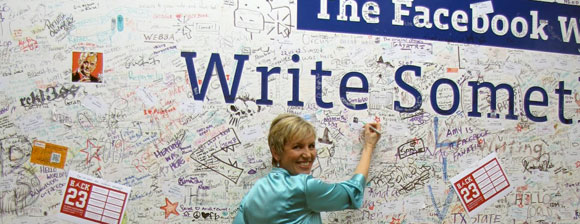
Mari branded herself in two ways. She chose a brand color and went so far as to wear it. She also narrowed her focus to just one narrow topic: Facebook marketing.
For years, if you saw her anywhere online or in person, she’d be rocking her signature look –– teal and bling –– and probably talking about Facebook. These days, she’s widened her palette a bit, but she still keeps tight control on her personal brand.
Mari is a good example of someone who didn’t worry too much about archetype. She’s quite possibly the Sage, since she billed herself as “the” expert in Facebook marketing. But she put more energy into creating a branded look and feel. And it worked. When she walks into a room, she’s instantly recognizable.
What’s Your Personal Archetype?
By now, you should understand the importance of having a strong personal brand. And you know how to find the archetype that best fits your personality.
One thing to keep in mind…
Your goal is to be You, only bigger. Don’t try to be something you’re not. Choose an archetype that’s a natural fit, so no matter where you go or what you’re doing, you can rock the “Real You.”
Now, it’s time to go publish. Tell us what you’ve chosen for your archetype. Did you enjoy the process of creating your personal brand? Tell us about it in the comments below.



